At Caney Fork Farms in Middle Tennessee, we are learning firsthand how regenerative agriculture can contribute to the recovery of declining wildlife species. One of the most telling examples is the Grasshopper Sparrow, a ground-nesting bird that is becoming increasingly rare across North America. Its presence on the farm signals a healthy, functioning ecosystem, one that supports both food production and biodiversity.
Earlier this spring, we welcomed Mike McGraw and Eric Zawatski from Princeton Hydro to conduct a formal bird survey across our pastures, silvopasture systems, and market garden fields. These surveys marked a major step forward in our commitment to long-term bird research in Middle Tennessee, and provided clear evidence that regenerative land management can create valuable habitat for threatened grassland species.
Below, Mike shares his perspective on why farms like ours are so critical to the future of grassland bird conservation.
Guest Insight from Mike McGraw, Princeton Hydro
“Grassland birds are in precipitous decline throughout North America... Privately owned working lands constitute the majority of open grassland habitats in North America. How producers decide to manage their working landscapes has direct, meaningful and lasting impacts… and offers the biggest hope for resilient and functional grassland wildlife communities WITHIN working lands!
We observed a total of 95 bird species over a 2-day, intensive and systematic bird survey across the entire CFF farm complex. Within this suite, we documented multiple obligate grassland and edge-of-field breeding birds, including species often found in high densities. These species, such as Grasshopper Sparrow, Dickcissel, Eastern Meadowlark, and Northern Bobwhite, have very specific requirements for successful breeding.
Working lands CAN be conservation lands when working WITHIN nature rather than against it. CFF has clearly embraced this ethos.”
What the Grasshopper Sparrow Tells Us About Healthy Farms
The Grasshopper Sparrow is not a common backyard bird. It prefers open grasslands with patchy vegetation and little disturbance, especially during the nesting season. It is also a species that disappears quickly when land is mismanaged and returns only when conditions improve. That makes it a powerful indicator of successful habitat restoration on working lands.
Here at Caney Fork Farms, we use adaptive grazing methods that mimic historic disturbance patterns. By rotating livestock through small paddocks for short periods and allowing pastures time to rest, we are creating a dynamic landscape that supports both animal health and wildlife habitat. The return of Grasshopper Sparrows to our fields in Middle Tennessee is one of the clearest signs that this approach is working.
Their subtle, buzzing song may not be loud, but it carries weight. These birds tell us that our efforts are restoring ecological function. They are part of a larger community of grassland-dependent species, including Dickcissels, Eastern Meadowlarks, and Field Sparrows, that rely on careful land stewardship to survive.
A Commitment to Bird Research in Middle Tennessee
Our team will continue monitoring these birds throughout the breeding season, collecting data to help guide future management decisions. The structured birding and bird research program Mike and Eric helped establish is a major step forward for Caney Fork Farms and for regional conservation efforts.
In addition to our pasture systems, our organic vegetable production fields and gardens provide critical habitat thanks to the absence of synthetic chemicals. Without pesticides or herbicides, these spaces support a diverse array of insects, native plants, and soil life, which in turn benefit birds and other wildlife.
We also use bird surveys and other ecological monitoring to help us measure the long-term impact of our land management practices. When you join our CSA or purchase from the farm, you are directly supporting this research. Your participation allows us to study how regenerative practices affect ecosystem health and to adapt our strategies based on real-world data.
We believe farms can be more than places of production. They can also be places of refuge and regeneration. In a time of rapid biodiversity loss, especially among grassland birds, farms that operate in partnership with nature offer real hope.
Stay tuned as we share more updates from the field. For those interested in birding, regenerative agriculture, or wildlife conservation in Middle Tennessee, we welcome your questions, observations, and involvement.

